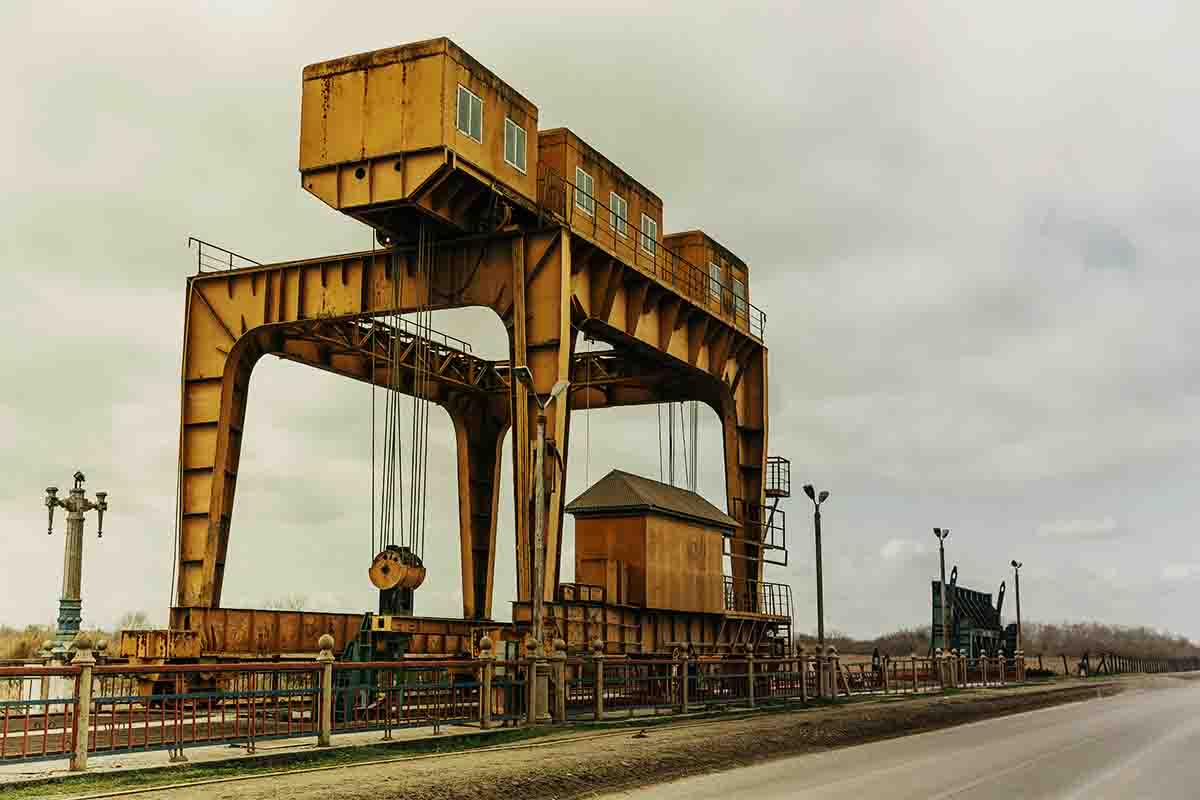How Organized Laydown Yards Save Lives – Safety Talk

Laydown yards are a necessary part of any construction or manufacturing operation. They provide a place to store materials and equipment, making it easier to keep your worksite organized and running smoothly. However, there are some safety hazards to be aware of when working in a laydown yard.
From theft to struck-by hazards, this essential part of the site can be dangerous, too. That is why keeping your laydown yard organized and compliant with regulations is important to the safety and health of all employees who use the yard.
- In 2020, 805 workers died in falls, and 211,640 were injured badly enough to require days off of work. Slips, trips, and falls can happen when laydown yards are badly organized.
- OSHA says that being struck by objects is a leading cause of construction-related deaths. Approximately 75% of struck-by fatalities involve heavy equipment such as trucks or cranes. This can be a concern in laydown yards, where large vehicles are moving in and out all day.
Housekeeping you skip may cause a fall or slip.

Why is an organized laydown yard important?
An organized laydown yard is important because it allows workers to safely and efficiently store and retrieve materials that they will need on-site. Without a well-organized laydown yard, workers can easily become injured while trying to find the materials they need.
With large vehicles moving heavy loads in and out of the yard all through the day, a lack of proper organization could lead to accidents.
Additionally, having an organized laydown yard helps ensure that all materials are accounted for, which can help reduce waste, theft, and damage to tools that could cause injury if subsequently used.
OSHA regulations for laydown yards
The OSHA regulations for laydown yards include keeping the area clean and free of debris, having the appropriate signage, and using the correct Personal Protective Equipment (PPE) when necessary.
The standard relating to laydown yards is 1926.250 – General requirements for storage. OSHA also obligates employers to “create material delivery areas and internal traffic control plans for the construction site and laydown areas” to improve safety.
Laydown yard hazards
There are a few key things to be aware of when working in a laydown yard. First, many of the materials in a laydown yard can be hazardous if mishandled. Be sure to take precautions when working around them, and always follow the safety instructions provided by your employer.
Additionally, watch out for potential tripping hazards. Many yards are cluttered with materials and equipment, so take your time when walking through them and be alert for anything that could cause you to trip.
Finally, keep an eye out for traffic. Trucks and other vehicles move through laydown yards frequently, so make sure you stay aware of your surroundings, and don’t enter the path of oncoming traffic.

Laydown yard toolbox talk
When working in a laydown yard, there are a number of safety hazards to be aware of. Here are some tips to help stay safe:
- Watch for forklifts and other vehicles moving around in the yard. Make sure you always have a clear path to walk and never walk behind a vehicle.
- Be careful when walking on rough surfaces or around piles of material. Always watch your footing and wear appropriate shoes.
- Avoid carrying loads that are too heavy. Make sure you take frequent breaks if needed.
- Keep an eye out for any hazardous materials in the area and avoid coming into contact with them.
Other things to consider with laydown yards:
- Theft. Items in laydown yards could be easy targets for theft, depending on how they are set.
- Property damage. Many tools, equipment, and materials are kept in one central place at a job site. This is where property damage can easily happen. If the items aren’t properly organized, or if operators are not careful when navigating through a laydown yard, moving vehicles and heavy equipment could strike or run over them.
These are the steps you can take towards a better-organized laydown yard:
- Ensure there is plenty of space between heavy equipment and materials that are frequently moved.
- Place items that you don’t use often or that aren’t needed immediately out of reach of items that are more frequently used.
- Provide workers with walking paths to get to their items.
- To keep people away from dangerous areas and places where heavy equipment is traveling, you can place caution tape or other barriers.
- To avoid clutter, throw away or recycle any items that you deem unrepairable.
- To improve the setup of laydown yards, inspect them regularly.
There are a number of potential illnesses and injuries that can occur in a laydown yard. In particular, workers can be at risk of falls, slips, and trips, as well as being struck by or crushed by materials or equipment. Additionally, there is a risk of exposure to hazardous materials and dust in these areas. It is, therefore, important that safety managers take steps to protect workers in these areas and ensure that they are following safe work practices.
Questions to employees
1. What is the maximum speed at which you should travel through a laydown yard?
2. How do you safely navigate through a laydown yard?
3. What are the hazards associated with laydown yards?
Promote laydown yard safety with this email template
Hello everyone
Working in a laydown yard can be dangerous, as there are several potential hazards present. These include:
• Stepping on nails or other sharp objects
• Tripping or slipping on debris or liquids
It’s crucial that everyone follows the established safety protocols when working in a laydown yard. This includes wearing the appropriate protective gear and taking care not to put themselves at risk. By taking these precautions, you can help keep everyone safe while working in this area.
Thanks
Video on slips, trips, and falls in laydown yards
Conclusion
There are a few key things to keep in mind when working in a laydown yard. First and foremost, always be aware of your surroundings and be sure to watch out for potential hazards. Second, always use caution when moving around the yard, as there are often large pieces of equipment moving around. Finally, always follow all safety protocols and guidelines when working in a laydown yard.


